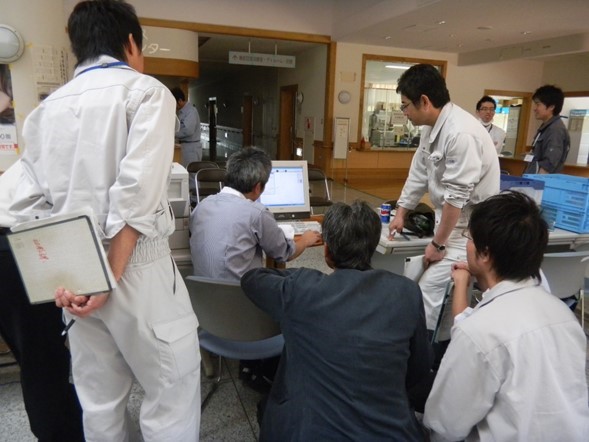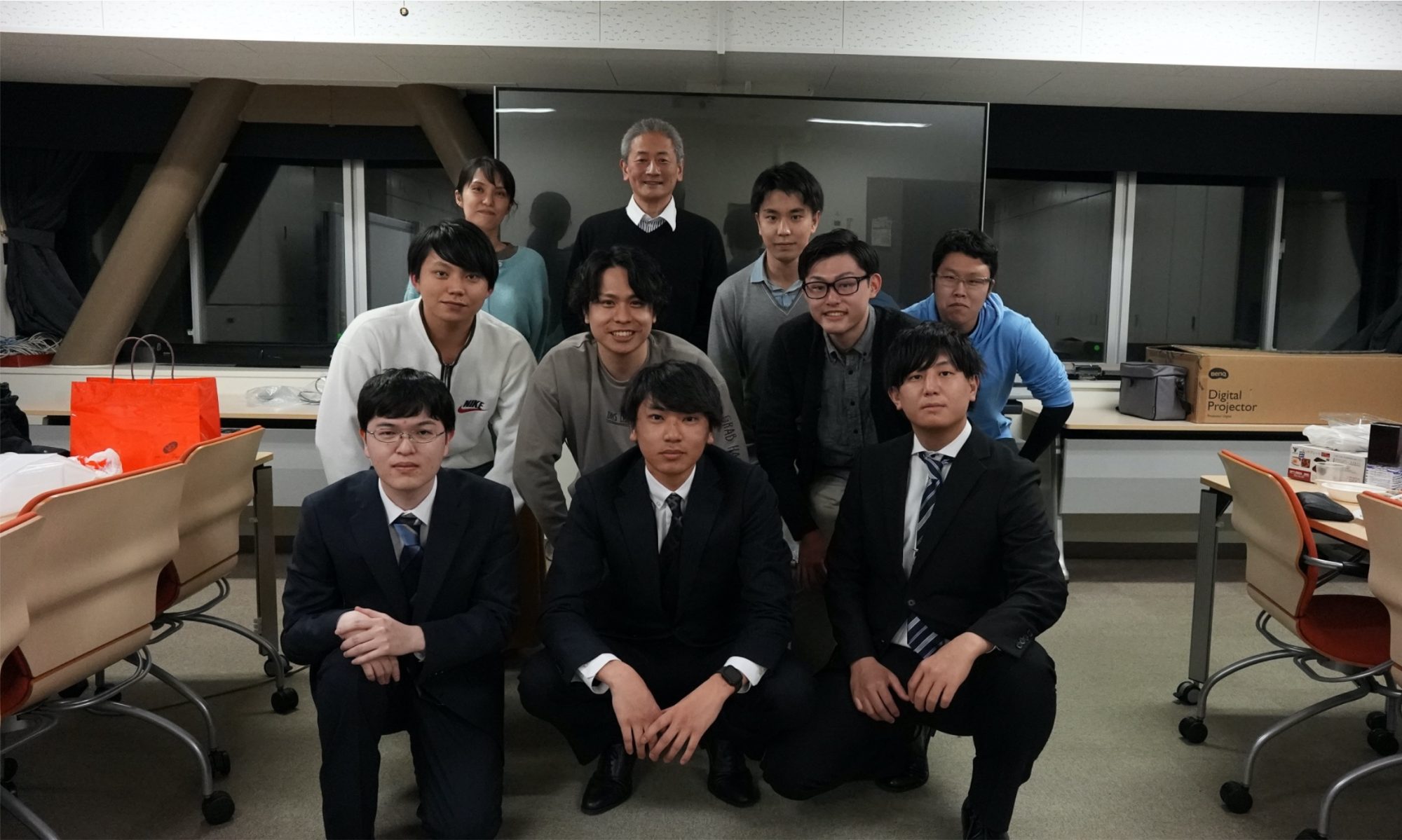Disaster Information Systems with Information Technology
After Great Hanshin-Awaji Earthquake in 1995, Rapid and remarkable advances have been made in In-formation Technology (IT). A number of advanced information systems were proposed, but most of them didn’t work sufficiently as we expected under disasters.
Our goal is to establish design methodologies for development of effective disaster management systems against various types of disaster for national/local government, local communities in affected areas and disaster relief organizations. One of the most important key technology is spatial temporal database to record, visualize and analyze current/near future status in affected areas. In addition, our laboratory focuses on human behavior before/during/after disasters as targets to supply valuable services.
Research Topics
Development of Temporal GIS to realize RARMIS Concept
Through the experience with disaster and recovery support activities obtained as a result of Great Hanshin Earthquake, our research group have been developing an information system that can use after immediately a dis-aster in local governments and their surroundings, such as regional communities, and studying implementation processes to them.
RARMIS (Risk-Adaptive Regional Management Information System) concept is an output of these activities. In the concept for disaster risk management, we proposed an information system which has these three features; (1) continuity between emergency and routine use, (2) independence and decentralization, and (3) integrated space and time information. To realize technical issues (2), (3), we have been developing an original spatial temporal database format “KIWI+” and temporal GIS “DiMSIS”.
We have already implemented database management system for routine and emergency work in local government. However, fundamental technologies are evolving day by day. We try to submit next generation systems which replace system which we have developed.

Damage Certification System based on DiMSIS have provided to an Affected Local Official in Great East Japan Earthquake in 2011
Disaster Management / Response Support System based on Advanced IT
On March 11th, 2011, the Great East Japan Earthquake took place. Despite of such effort to prevent and reduce Tsunami impacts, the earthquake and tsunami killed nearly 20,000 people and bring about tremendous difficulty to Japanese society.
Our goal is to submit efficient information system considering human behavior for disaster prevention and mitigation. In our laboratory, we have been developed several disaster management systems such as evaluation of regional disaster response plan and Tsunami evacuation plan, and disaster response support systems such as information sharing system under unstable environment and disaster damage certification publish system and tried to implement them to local governments and regional communities to improve their coping capacities against disaster.

Tsunami Evacuation Evaluation System based on Multi-Agent Simulation as a disaster risk communication tool for developing Chiku Bosai Keikaku (Community Based Disaster Action Plan)
Contact Us
e-mail
contact(at)dimsis.dpri.kyoto-u.ac.jp
Phone
Prof. Hatayama: +81-774-38-4333 (Ex. 4333)
Secretary’s Office(DRS): +81-774-38-4273 (Ex. 4273)
Students’ Room: +81-774-38-4283 (Ex. 4283)
Address
Disaster Prevention Research Institute, Kyoto University
Gokasho, Uji, Kyoto, 611-0011 JAPAN
